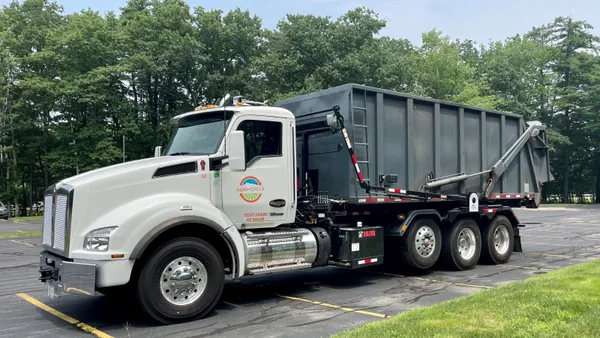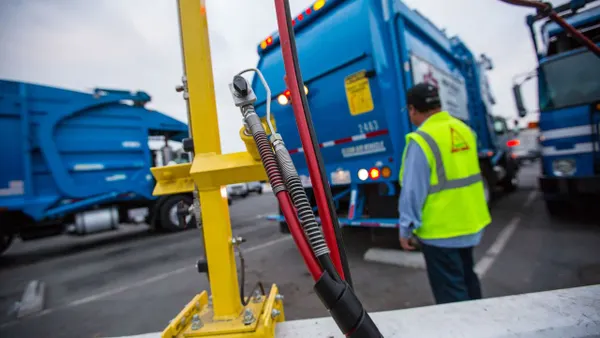Dive Brief:
- The Consumer Goods Forum (CGF), along with a group of business and government executives known as Champions 12.3, have approved a measure to standardize date labels worldwide by 2020.
- Three steps are outlined in the call to action: using only one label at a time, choosing between labels of "use by" if food is perishable or "best by" if it is not, and implementing consumer education programs to increase understanding of date labels.
- The call to action that the members agreed to also recommends partnering with nonprofit organizations and government agencies to better implement those education programs. The exact wording on date labels will be tailored to different regions.
Dive Insight:
Since the U.S. Department of Agriculture (USDA) released guidance in late 2016, manufacturers and retailers have been taking steps to standardize date labels and reduce food waste. The Food Marketing Institute and the Grocery Manufacturers Association (GMA) in February called for a voluntary shift to standardized labels to take effect by mid-2018. This call to action, from a group that includes massive retailers like PepsiCo and Walmart, adds to the growing list of companies and organizations that are taking steps to make food packaging easier for consumers to understand.
Added clarity on food packaging may be more important than ever. According to a recent survey from the GMA, nearly 60% of U.S. adults have discussed the meaning of date labels and 40% have had disagreements at home whether or not to throw away a food produce because of date labels. While there is a bill in Congress that would take aim at food waste through a handful of measures, including standardizing date labels, it is not entirely likely that it will get much action in a sharply divided legislative branch (the bill, introduced in July, has no cosponsors). The dwindling possibility of binding legislative action in the U.S. creates an even bigger need for voluntary measures, like this call to action, to reduce food waste.
While the waste industry has facilities and techniques to process food waste, there is no clear consensus on what the best method is. With over 1 billion metric tons of food going to waste annually, any reduction — from the consumer level or the manufacturer level — can be seen as a good thing for diversion efforts. Reducing food waste may lead to some reduced feedstock for waste-to-energy projects, but it would also keep airspace in landfills open and make a significant dent in lowering greenhouse gas emissions.









